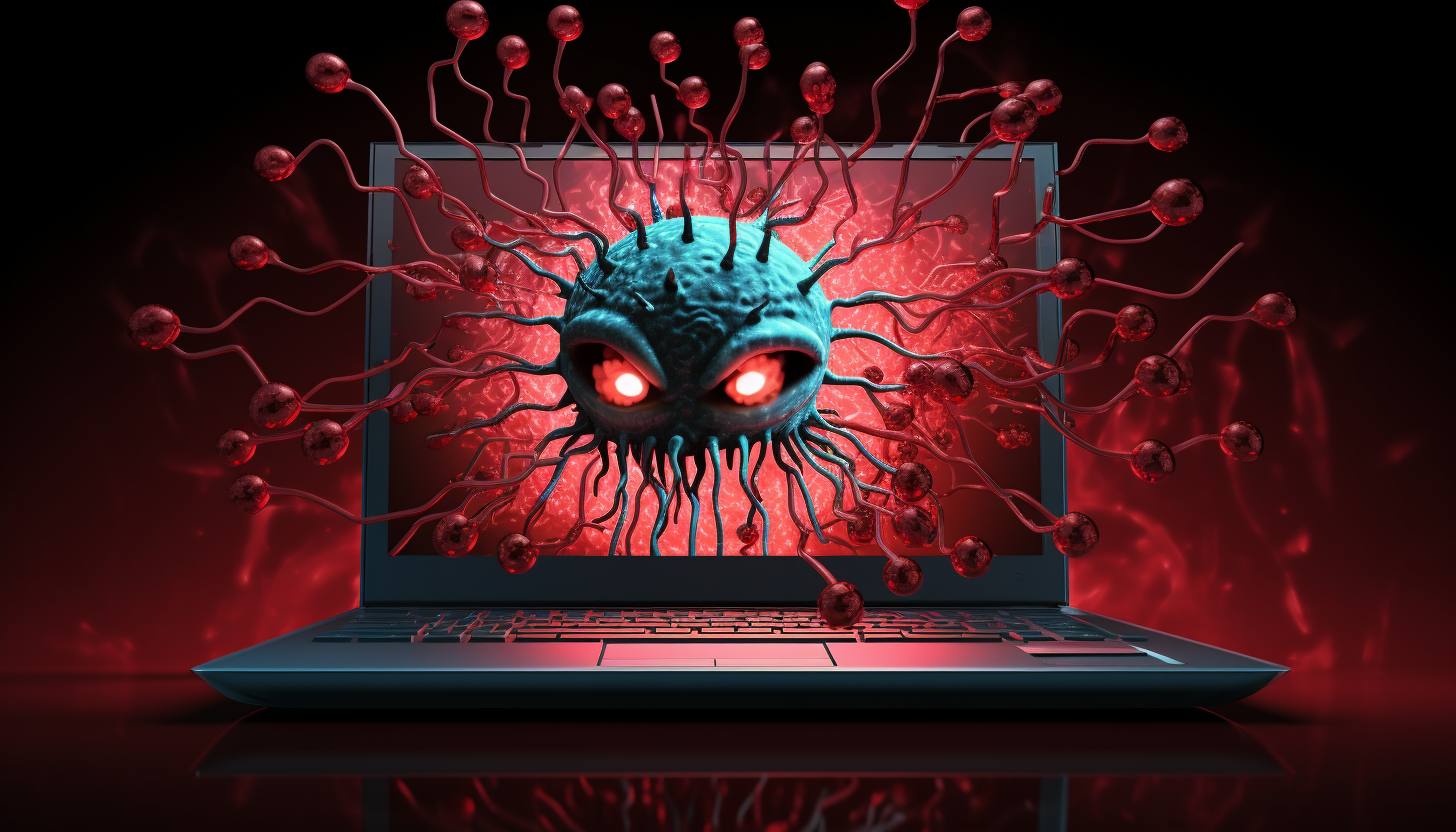18 Jul

How to Tell If Your Computer Has Malware (And Remove It)
Malware comes in many forms and can bring a whole host of negative problems to your computer and other devices. It might be giving unknown third parties access to your device or using your system resources to help with hacking or other illicit activities. Though the effects of malware on your device may vary here are some things to watch for that can help you identify the presence of malware on your device.
- Advertisements occurring on sites where they should not be such as government websites or appearing and popping up seemingly from nowhere.
- Your computer is unable to shutdown or restart, or shuts down and restarts randomly.
- Battery life runs out faster than it should.
- Email or other messages being sent out with your doing.
- Strange programs appearing within Task Manager that seem suspicious or out of place.
- Changes to your device or system settings that you didn’t make, such as new default programs for launching certain files or different home screens when opening your browser.
Warning: If you have identified or suspect you have malware on your device, avoid entering passwords and personal information into any websites or fields, and be careful of what your webcam or microphone may be recording, even if they don’t seem to be active at the moment.
While some malware is very dangerous and can give hackers access to your personal and financial information, some malware can be less harmful to you personally, such as malware that injects unwanted ads onto your machine. This form of malware is sometimes called “adware”, and while not necessarily dangerous, it can still be a nuisance and even slow down your computer immensely. So, it’s important to remove malware quickly and fully, even if it doesn’t seem too harmful.
Where Malware Comes From
Nobody goes actively looking for malware, except maybe for academic or research purposes. Still, it can show up on our machines without us realizing it. So where does it even come from?
Well, there are a variety of potential sources for malware, and not all our from scary or suspicious sources. In fact, effective malware deployment usually relies on taking advantage of trust or existing connections. When a business or organization gets hit with malware, you may not hear about it in the news unless it’s a very large company or the malware is particularly dangerous. However, hearing about it on the news would likely mean it’s already too late anyway. When third-parties are compromised and you use their products or have your personal information and passwords stored in their servers, then you become vulnerable. Friends and family members that get hacked could also end up being an avenue of attack, usually through impersonation that relies on the trust you’ve built in that relationship.
And of course, you could also just inadvertently download malware yourself while browsing the Web, particularly when you’re visiting less reputable websites or getting email spam that deceives you into clicking links.
Here are a few things to keep in mind that will help prevent you from encountering malware and letting it onto your system:
- “Free” Download sites are often packed full of misleading ads and links that could trick you into downloading malware. Anything downloaded from the Internet could risk being malware or a virus, so it’s important to make certain the source is trustworthy and run virus scans on any downloaded files before opening them.
- Pop-up ads and alerts are often disguised to trick users into downloading malware or providing personal information. It is unwise to click on any sort of advertisement, even those showing brand names as it is easy for scammers to create fake ads for well known businesses. Additionally, security services do not create pop-ups within your browser so if the security pop-up is restricted to your browser window do not interact with it.
- Phishing emails are a common tactic of hackers and scammers. If you receive an email from a source that you do not know then it is wisest to delete it immediately no matter your curiosity. Opening links or attachments in phishing emails can give you malware, sometimes just opening the email can put your system at risk.
- Impersonated friends and family may reach out requesting money, sending you a link to download or asking for personal information. When this happens, you should always verify the person is who they say they are by giving them a call or text. If their email or social media account was compromised, a hacker could be impersonating them online.
- Third-party exploits are difficult to defend against because the vulnerability isn’t due to your own fault, but rather a company or software you use. Their security is beyond your control, so always be careful when you sign up for websites or hand over credit card information and passwords. Even if the source is trustworthy, you can’t ensure they won’t be hacked. It’s always a good idea to use different passwords for different websites because of this, and limit connections to third-party apps and extensions to only those you absolutely need.
Removing Malware
If you have malware, then you most likely will want to remove it. The sooner you remove it, the better since malware can become more dangerous over time by gaining access to more personal information or even infecting other devices or accounts connected to the infected machine.
Malware isn’t always easy to remove, but here are some steps you can take to clean up your device:
- Use antivirus software to scan your device and remove malware. Modern Windows computers come with anti-virus software installed on the operating system, which you can access by running “Windows Defender”. There is also third-party antivirus software such as Ad-Aware and AVG which may be able to help, for free.
- Update software on your computer, especially the OS. Security measures are one of the most common elements of software updates as new threats are discovered and patched. It’s important to make sure programs on your computer are up-to-date so any vulnerabilities will be eliminated.
- Recovering your OS or reinstalling it can be a drastic but necessary step in trying to remove malware. Some malware and viruses may be so embedded in your computer, that simply removing them isn’t possible. Sometimes it is possible to recover your computer to a previous backup or a complete reinstall will get rid of the malware.
- Contact a professional if you are unsure about doing any of the above on your own or simply want to be certain your devices are protected. There is only so much regular users can do to protect themselves from viruses and malware, so it’s sometimes better to call in professionals.
We here at Clayburn.Digital specialize in malware and virus removal, so feel free to reach out to us today if you’ve got some nasty malware on your machine or suspect your devices are compromised. We can clean out the problem and set you up with a cybersecurity plan to keep you safe from hackers and scammers.
